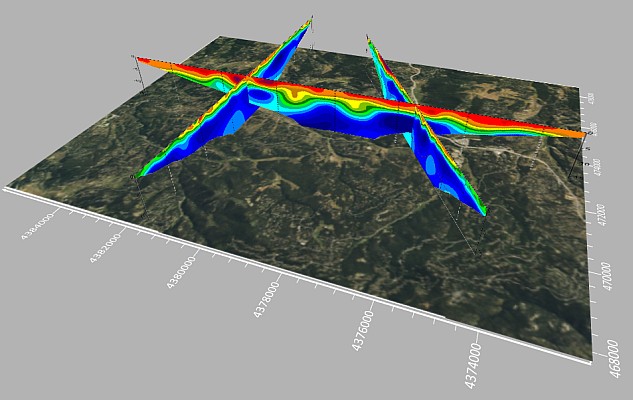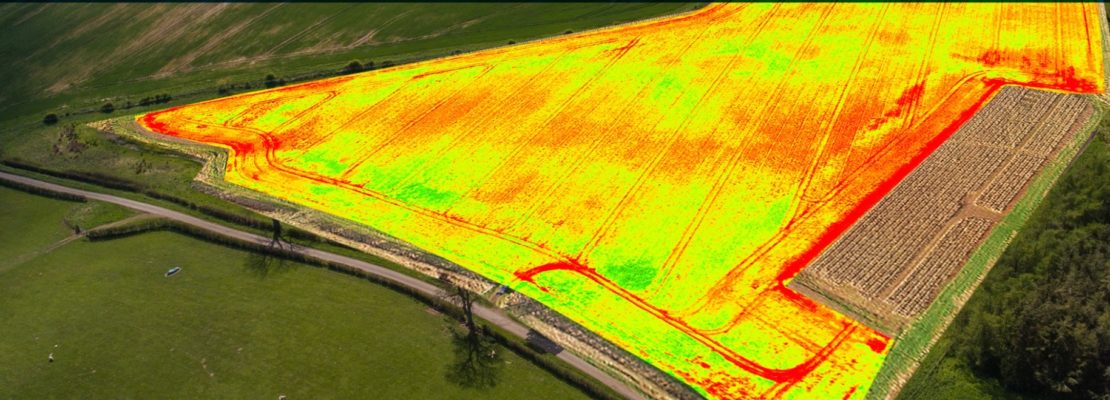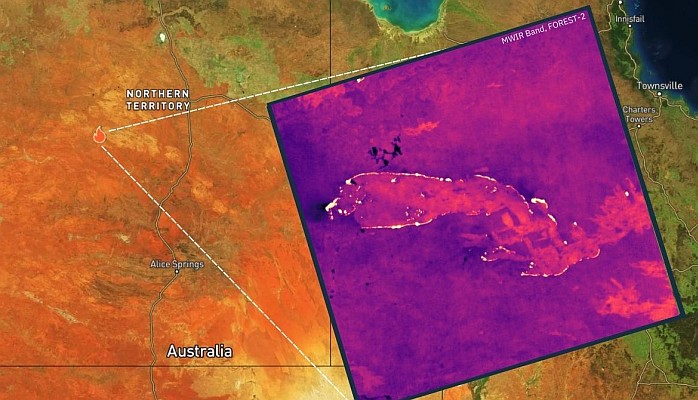Tri-Global Technologies LLC will introduce the Tri-Global BarcodeMapper Bundle next week at the Esri International Users Conference in San Diego. The new product bundle integrates wireless barcode scanning and GPS-based mobile GIS technologies into a single solution that dramatically improves the efficiency of asset inventory projects for municipalities, utilities, and pipeline operators.
The Tri-Global BarcodeMapper solution establishes a wireless connection between Trimble GPS-based mobile GIS devices and Baracoda Roadrunner barcode scanners, allowing for quick scanning of asset serial numbers in the field to build or update location-based GIS inventories.
The new BarcodeMapper bundle provides users with all of the hardware and software needed to quickly collect sub-meter location data and attribute descriptions for any assets that can be affixed with standard barcode labels.
“The Tri-Global BarcodeMapper Bundle is so flexible that it can be used to perform asset inventories outside in the field or inside large warehouse or refinery facilities where GPS signals can be obtained,” said Dennis Heath, Tri-Global Technologies Managing Partner.
The Tri-Global BarcodeMapper Bundle includes the following:
– Trimble Juno ST Handheld GPS Receiver/Mobile GIS device;
– Baracoda Roadrunner Series Barcode Scanner;
– Esri ArcPad Field Software;
– Tri-Global BarcodeMapper Extension for ArcPad.
In a typical application, the user swipes the barcode label with the wireless Baracoda scanner from a distance of one meter or less. The barcode scanner transmits the serial number via Bluetooth connection to the Trimble Juno ST handheld mobile GIS device, which collects a GPS location point for the feature being scanned.
As the ArcPad software accesses or creates a shapefile for the feature, the BarcodeMapper Extension links the scanned serial number to that feature and queries the user to add or update attributes onscreen.
“In the first application of BarcodeMapper technology, a municipality increased the efficiency of a traffic sign inventory project by 300 percent,” said Heath. “Field crews were able to map 25 signs per hour using mobile GIS instead of only seven per hour using manual field mapping methods.”






